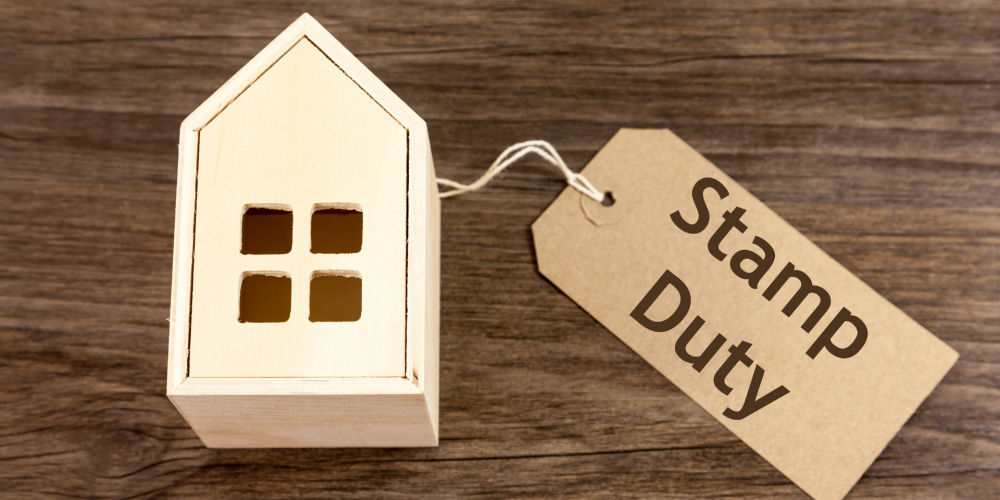Stamp Duty is constantly mentioned in the news. You may have only heard this term for the first time this year and you may still not even know what it is. So, how are the government doing us such a great favour by removing something that some of us didn’t even know existed before 2020? Today, the team at Houso would like to tell you the history of Stamp Duty and why the current Stamp Duty ‘holiday’ means that now is a great time to buy a property.
Stamp Duty is a tax included within property or land fees. It was named ‘Stamp’ Duty, as it was once a physical stamp, which was impressed upon property documentation. Modern versions of the tax no longer require an actual stamp, yet it still holds its original name. It was introduced in England in 1694, by King William III, who was raising taxes to aid the war against France. Unfortunately, after the war concluded, the monarchy didn’t end Stamp Duty, and 326 years later we still pay it.
Stamp Duty is only paid by home buyers, not sellers, and the rate that is paid depends on what price threshold a property falls into, where the property is and how many properties a person owns. To pay Stamp Duty, a unique transaction reference number (UTRN) is required. UTRNs are 11 characters long and are found either on submission receipts or paper Stamp Duty returns. It can be paid at a bank, the HM Revenue & Customs website or by cheque at a Post Office. For those who cannot afford Stamp Duty, there may be an option to borrow more through mortgage lenders to cover the tax bill. However, be aware that by increasing your mortgage, you will increase your loan amount, which could, in turn, also increase your interest rate.
With Stamp Duty’s current ‘holiday’, between now and 31st of March 2021, taxes are being reduced to help the housing market during the tough COVID-19 pandemic. However, the Stamp Duty holiday unfortunately only applies in England and Northern Ireland. In Scotland, it is called Land and Buildings Transaction Tax, while in Wales buyers pay Land Transaction Tax. Homebuyers will not have to pay Stamp Duty on homes worth less than £500,00 (unless it is a second home). For second homes, 3% must be paid for homes worth up to £500,000. For homes over £500,000, the taxes are calculated in the same way as income tax. So, as property prices increases, so will the tax amount. If your home if not far above the £500,000 threshold, you can reduce your stamp duty bill by removing the value of fittings from the total price of the property. For example, if carpets are included in the sale of the home, the buyer and seller must agree on a realistic price which reflects the carpet’s age and condition. Then you can subtract the carpet from the total price.
For more information on Stamp Duty, please visit the government website. We hope that this helped you, please download our App for free today to find your dream home: for Android or Apple devices!

